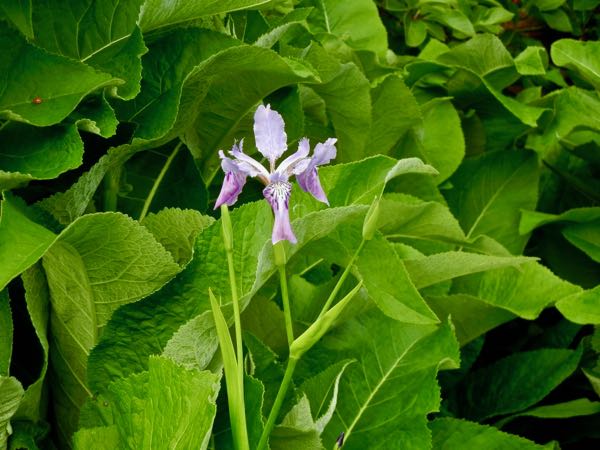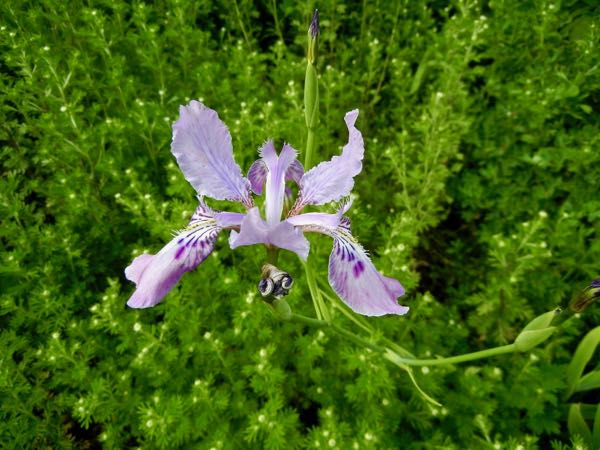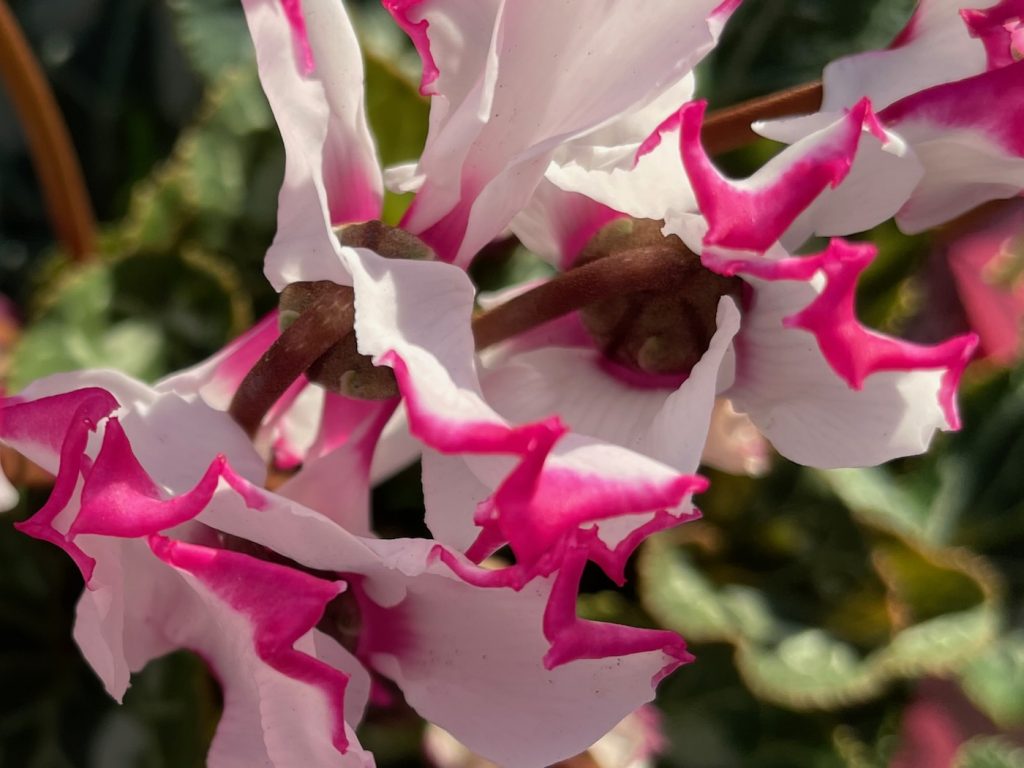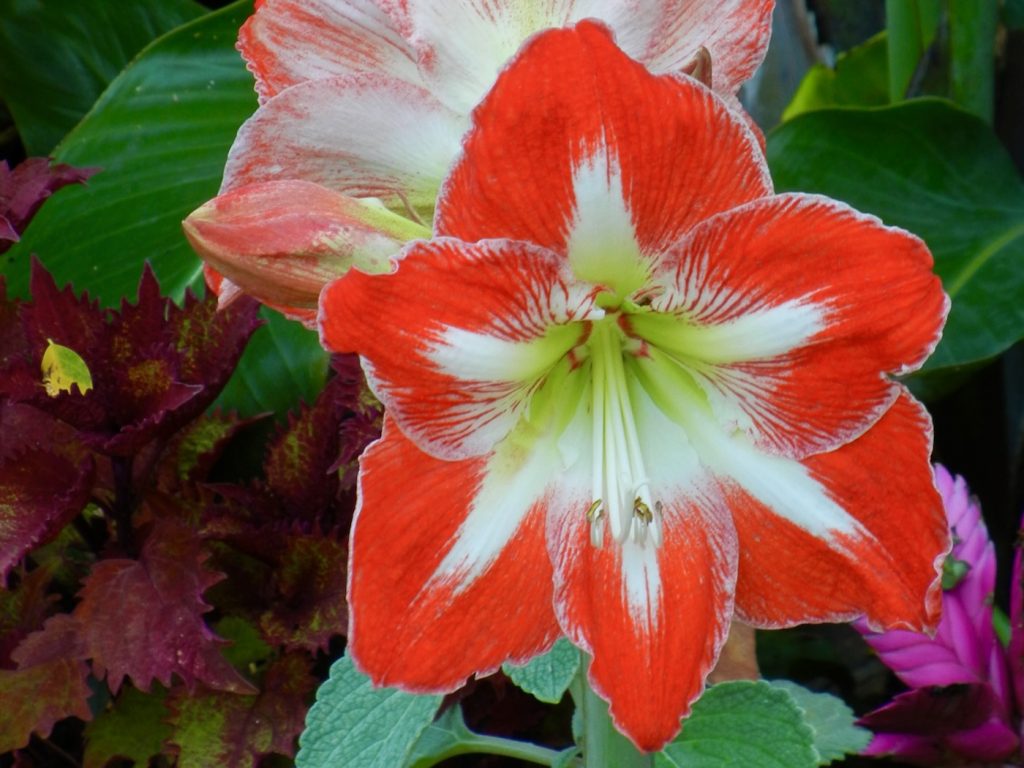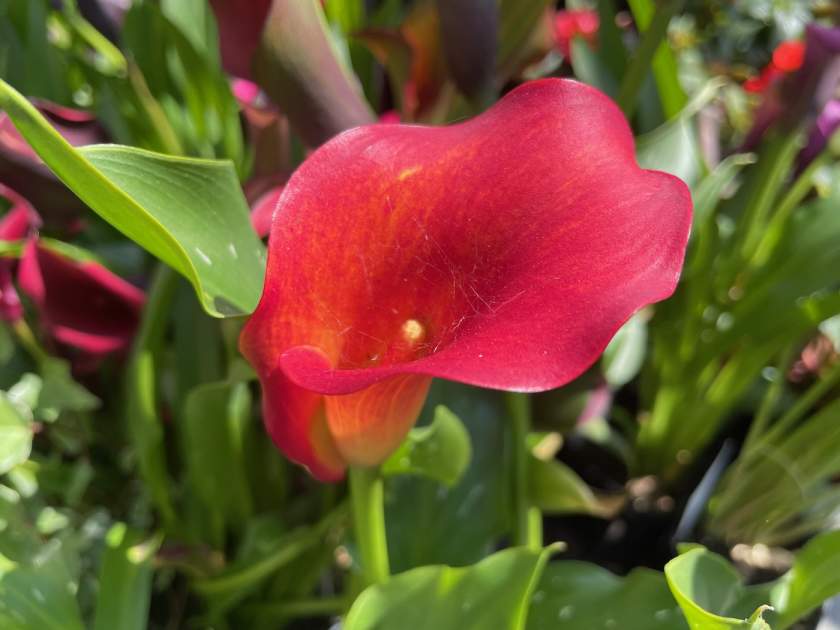Iris milesii: Unveiling the Beauty of the Red Flower Iris
Iris milesii, also known as the Red Flower Iris, Waterbird Iris in Australia, and 红花鸢尾 (Hong Hua yuan Wei) in China, is a captivating member of the Iridaceae family of plants. This exquisite iris species has a rich history and boasts stunning blooms that add a touch of elegance to any garden.
Discovering the Roots: Background and Origin of Iris milesii
The specific epithet “milesii” is a tribute to Frank Miles (1852-1891), a British artist and plantsman who introduced Iris milesii into cultivation. He obtained the seeds from his cousin, who collected them from their native habitats. However, it was Michael Foster (1836-1907), an English psychologist and accomplished botanist, who formally published Iris milesii as a distinct species. Native to the Himalayas, spanning from India to China, this rhizomatous perennial plant has captured the hearts of iris enthusiasts worldwide.
Characteristics and Blooms of Iris milesii: A Symphony of Color
Iris milesii exhibits a greenish short rhizome that goes dormant during the winter months. The rhizome bears scars from the previous year’s leaf shoots, which serve as the starting point for new shoots in the upcoming season. The plant produces basal leaves that are sword-shaped and yellowish-green in color. These leaves can reach a length of up to 60cm or 2ft. Towering above the foliage, Iris milesii sends forth long stems, measuring about 90cm or 3ft, each adorned with 3 or 4 flowers.
The flowers of Iris milesii may be short-lived individually, but their abundance creates a magnificent display of color over an extended period. These captivating blooms typically appear between April and July, although the exact timing may vary depending on the climate. Iris milesii is known for its distinct crested iris characteristic, featuring a yellow or orange crest. The flowers themselves display shades of pinkish-violet or lavender. Comprising two pairs of petals and three outer sepals, these elegant blooms are a true testament to nature’s artistry. After flowering, Iris milesii produces ovoid-globose seeds, ensuring the continuity of its beauty.
Cultivating Iris milesii: Guidelines for Optimal Growth
Sunlight: Iris milesii thrives in full sun, although it can tolerate partial shade if necessary.
Watering: While Iris milesii exhibits some drought tolerance, regular watering is essential during the growing season. Water deeply and infrequently, allowing the soil to dry out between waterings.
Soil: Iris milesii prefers well-drained, loamy soil. If you choose to plant it in a container, opt for a potting mix specifically formulated for perennial plants.
Fertilizer: Iris milesii does not require frequent fertilization. Applying a light dose of fertilizer in the spring can help promote vigorous growth.
Pests and Diseases: Be vigilant for potential pests such as aphids, spider mites, and leaf spots. If any signs of infestation or disease are detected, promptly treat them with suitable insecticides or fungicides to ensure the plant’s health.
Propagation: Iris milesii can be propagated through seeds or division. When using seeds, sow them in well-drained soil in the spring and expect germination within 2-4 weeks. Alternatively, division can be carried out in either the spring or fall. Ensure that each division has a minimum of 3-4 roots for successful establishment.
Iris milesii, with its captivating red flowers and historical significance, brings a touch of elegance to gardens around the world. By following these cultivation guidelines, you can embrace the splendor of this magnificent iris species and showcase its unique beauty in your own outdoor sanctuary.
